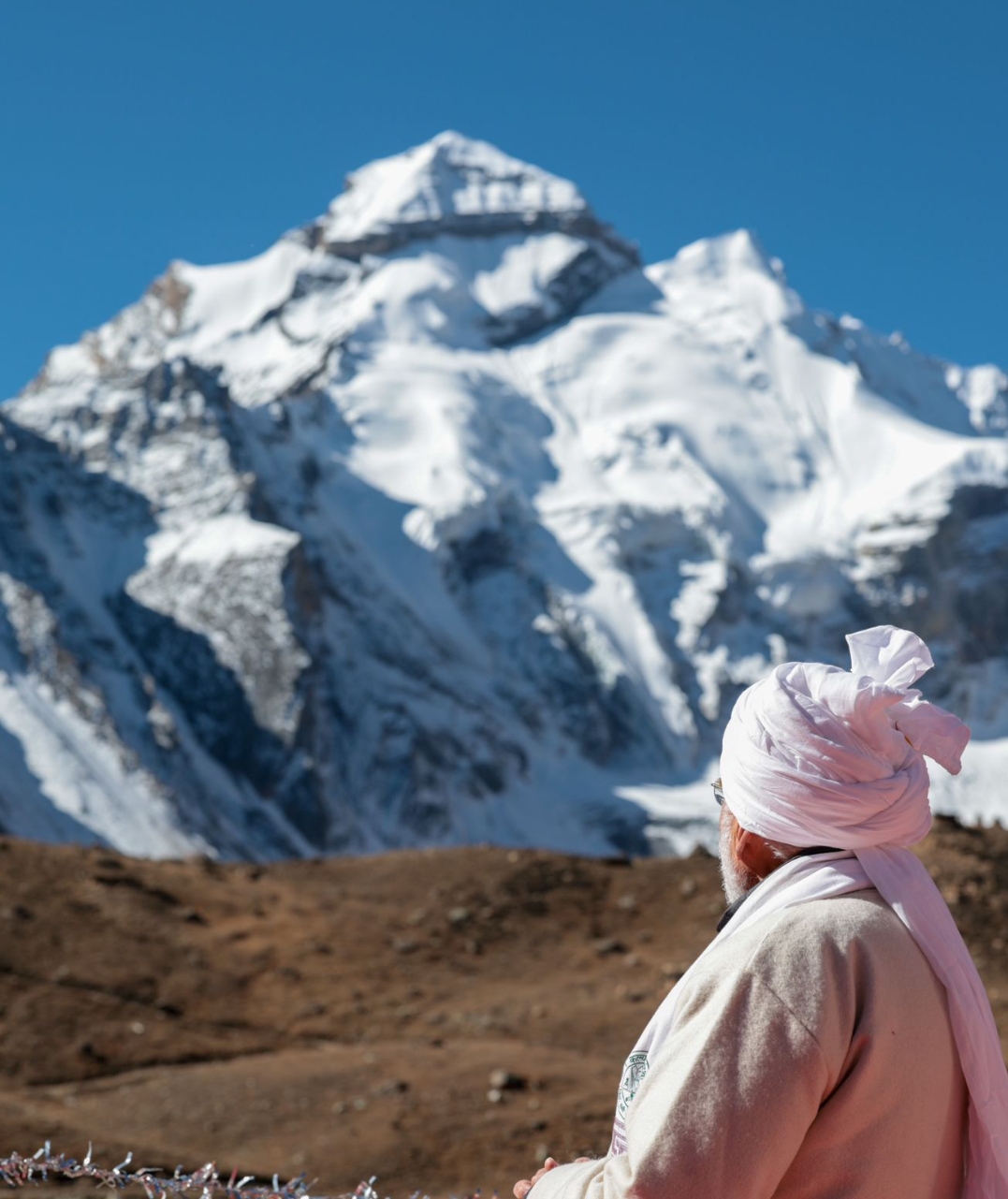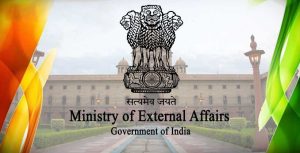New Delhi, October 17: Prime Minister Narendra Modi chaired a high-level meeting to assess the progress of India’s Gaganyaan mission and chart the future of India’s efforts in space exploration.
The Department of Space presented a comprehensive overview of the Gaganyaan mission, including various technologies that have been developed so far, such as the human-rated launch vehicle and system qualification.
It was noted that about 20 major tests, including three uncrewed missions of the Human-Rated Launch Vehicle (HLVM3), are planned.
The Crew Escape System Test Vehicle’s first demonstration flight is scheduled for October 21. The meeting evaluated the readiness of the mission while confirming its launch in 2025.
Building on the success of India’s space initiatives, including the recent Chandrayaan-3 and Aditya L1 missions, the Prime Minister directed that India now pursue new and more ambitious space initiatives, including setting up an “Indian Space Station” by 2035 and sending the first Indian to the Moon by 2040. Ambitious goals should be set.
To realise this vision, the Space Department will prepare a plan for exploration of the Moon. This will include a series of Chandrayaan missions, the development of a Next Generation Launch Vehicle (NGLV), the construction of a new launch pad, the setting up of human-centric laboratories, and related technologies.
The Prime Minister also called upon Indian scientists to work towards inter-planetary missions, including the Venus Orbiter Mission and Mars Lander.
Expressing confidence in India’s capabilities, Prime Minister Modi reaffirmed the country’s commitment to scale new heights in space exploration.





